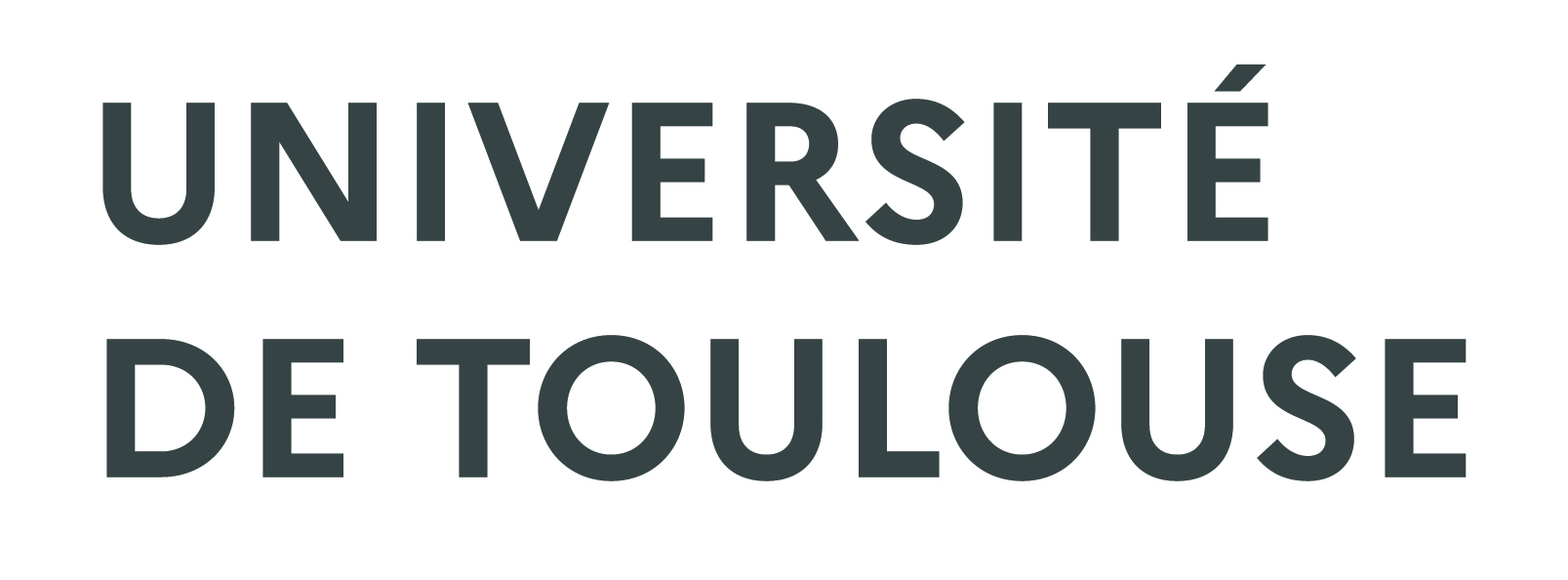Imputation of label-free quantitative mass spectrometry-based proteomics data using self-supervised deep learning
Résumé
Proteomics is a technology for the identification and quantification of proteins to answer a broad set of biological questions 1 and together with RNA and DNA sequencing offers a way to map the composition of biological systems. It is widely applied across many fields of research including identification of biomarkers and drug targets for diseases such as alcoholic liver disease (ALD) 2 , ovarian cancer 3 and Alzheimer's disease 4 . Different workflows have been developed for analysis of body fluids, cells, frozen tissues and tissue slides, and are rapidly evolving. Recent technological advancements have enabled proteome analysis at the single cell or single cell-population level 5,6 , allowing the selection of single cells using image recognition 7 . However, for most approaches, missing values are abundant due to the semi-stochastic nature of precursor selection for fragmentation and need to be replaced for at least some parts of the data analysis. Currently, imputation of missing values in proteomics data usually assumes that the protein abundance was below the instrument detection limit or the protein was absent. In general, the community differentiates between missing at random (MAR) which is assumed to affect all intensities across the dynamic range, whereas missing not at random (MNAR) becomes more prevalent the more the intensity of a peptide approaches the limit of detection of the instrument. However, not all missing values are due to this mechanism, and by assuming the limit of detection as the reason for missingness will lead to potentially wrong imputations and subsequently to biased statistical results that are limiting the conclusion from data. A strategy is therefore to combine missing completely at random (MCAR) and simulated MNAR in comparisons 8 .
Domaines
Sciences pharmaceutiques| Origine | Fichiers éditeurs autorisés sur une archive ouverte |
|---|---|
| Licence |



